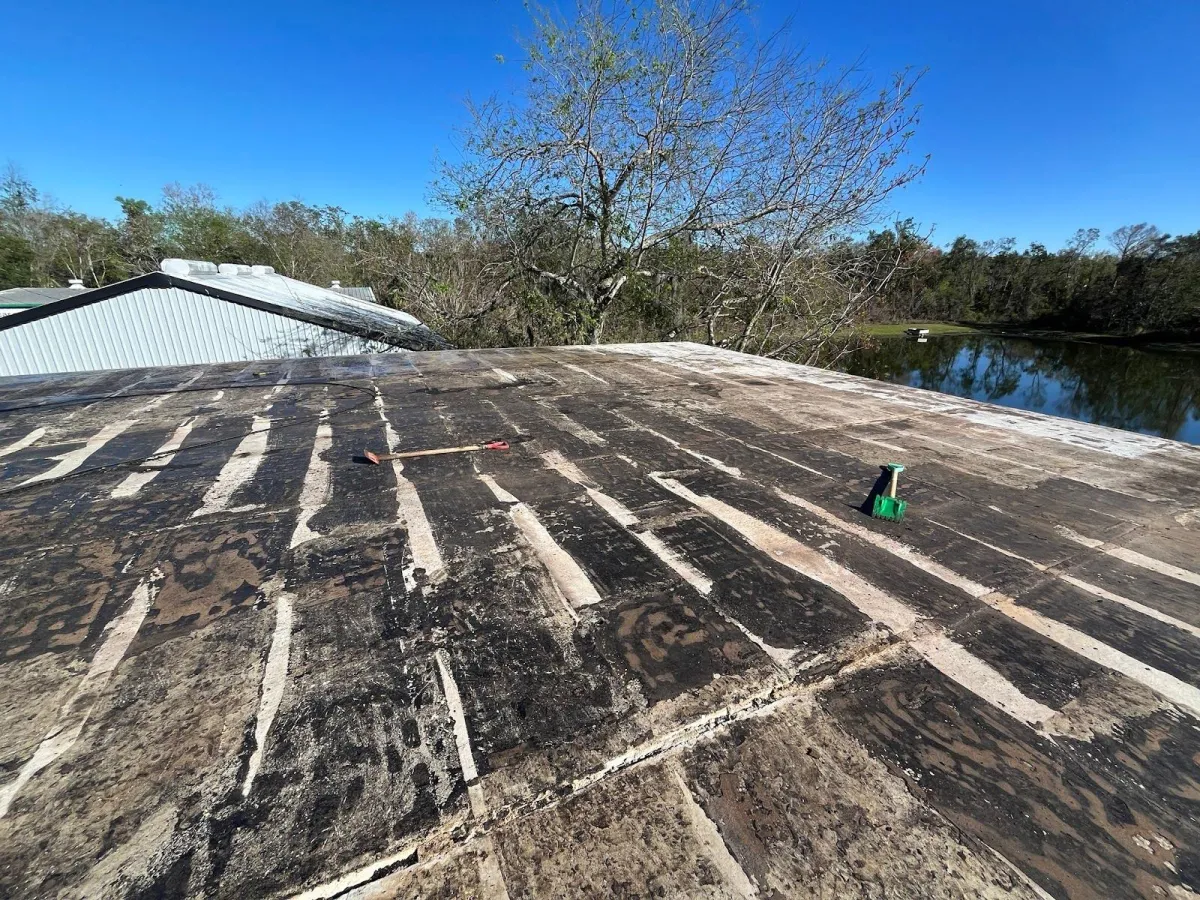
Does Homeowners Insurance Cover Roof Repairs? What to Know
Your roof is one of the most critical components of your home, protecting you and your family from the elements while maintaining your property's structural integrity. When roof damage occurs, homeowners often wonder whether their insurance policy will cover the necessary repairs. Understanding the complexities of homeowners insurance coverage for roof repairs can save you thousands of dollars and help you make informed decisions about your home's protection.
Understanding Basic Homeowners Insurance Coverage
Most standard homeowners insurance policies include dwelling coverage, which protects the structure of your home, including your roof. However, coverage isn't automatic for all types of roof damage. Insurance companies typically evaluate roof repair claims based on the cause of damage, the age of your roof, and the specific terms outlined in your policy.
The key principle governing insurance coverage is whether the damage resulted from a covered peril versus normal wear and tear. Covered perils generally include sudden and accidental events like storms, hail, fire, or falling objects. Gradual deterioration, poor maintenance, or age-related wear typically falls outside standard coverage parameters.
What Types of Roof Damage Are Usually Covered
Storm damage represents the most commonly covered category of roof repairs under homeowners insurance. When severe weather strikes, high winds can lift shingles, hail can create impact damage, and fallen trees or branches can puncture roofing materials. These sudden, weather-related events typically qualify for coverage because they're considered unavoidable and beyond the homeowner's control.
Fire damage to roofing systems almost always receives coverage under standard policies. Whether caused by lightning strikes, electrical issues, or external sources, fire-related roof damage usually qualifies for full repair or replacement coverage, minus your deductible.
Impact damage from falling objects like tree limbs, aircraft debris, or other external forces generally receives coverage. The insurance company will assess whether the impact was sudden and accidental rather than resulting from a hazard you should have addressed, such as a dead tree overhanging your roof.
Vandalism and theft, while less common for roofing systems, are typically covered perils. This might include damage from attempted break-ins through the roof or malicious destruction of roofing materials.
Common Exclusions and Limitations
Age plays a significant role in coverage decisions. Many insurance companies apply depreciation to older roofs, particularly those over ten to fifteen years old. Some insurers refuse to write new policies for homes with roofs approaching twenty years of age, while others may provide only actual cash value coverage rather than replacement cost coverage for older roofing systems.
Maintenance-related issues consistently fall outside coverage parameters. If damage results from clogged gutters, missing shingles you failed to replace, or other maintenance neglect, your claim will likely be denied. Insurance companies expect homeowners to perform reasonable maintenance to prevent foreseeable damage.
Flood damage requires separate flood insurance coverage. Standard homeowners policies exclude flood-related damage, including roof damage caused by rising water or storm surge. However, rain damage that enters through storm-damaged roofing typically receives coverage under the original storm damage claim.
Gradual leaks and seepage represent another common exclusion. If water damage occurs slowly over time due to worn seals, aging materials, or minor openings that weren't promptly addressed, insurance companies typically classify this as a maintenance issue rather than a covered loss.
Factors That Influence Coverage Decisions
The condition and maintenance history of your roof significantly impacts coverage decisions. Insurance adjusters look for evidence of proper maintenance, recent repairs, and overall roof condition when evaluating claims. Well-maintained roofs with documented upkeep records typically receive more favorable coverage decisions.
Your policy's specific language and coverage limits determine the extent of available benefits. Some policies provide replacement cost coverage, paying for repairs using current material and labor costs. Others offer actual cash value coverage, which factors in depreciation and may leave you responsible for a larger portion of repair costs.
The size and scope of damage also influences coverage. Extensive damage requiring full roof replacement often receives different treatment than minor repairs. Insurance companies may require multiple estimates, engineering reports, or specialized inspections for major roof damage claims.
Your claims history can affect both coverage decisions and future policy renewals. Frequent claims, even for legitimate damage, may result in policy non-renewal or higher premiums. Some insurers offer claim-free discounts, making it financially beneficial to handle minor repairs out of pocket when possible.
Maximizing Your Coverage
Documenting your roof's condition before problems arise strengthens your position when filing claims. Annual photographs, maintenance records, and professional roof inspection reports provide valuable evidence of proper care and can help distinguish between sudden damage and gradual deterioration.
Understanding your policy's specific terms, deductibles, and coverage limits helps you make informed decisions about when to file claims. Some homeowners choose higher deductibles to lower premium costs, but this means paying more out of pocket for smaller repairs.
Prompt reporting of damage maximizes your chances of coverage approval. Most policies require notification within a reasonable time after discovery, and delayed reporting can complicate the claims process or provide grounds for denial.
Working with experienced roofing contractors who understand insurance processes can significantly improve your claim outcomes. Professional contractors can provide detailed damage assessments, work directly with insurance adjusters, and ensure repairs meet both insurance requirements and local building codes.
Taking Action When Roof Damage Occurs
When you discover potential roof damage, your response time and approach can significantly impact your insurance coverage and out-of-pocket costs. The first step involves ensuring safety and preventing further damage through temporary measures like tarping or securing loose materials.
Professional roof inspection provides the foundation for successful insurance claims. Experienced contractors can identify all damage, distinguish between covered and non-covered issues, and provide detailed documentation that insurance companies require for claim processing.
Protect Your Home with Professional Roofing Services
Don't let uncertainty about insurance coverage delay necessary roof repairs. Whether you're dealing with storm damage restoration, need a professional roof inspection, or want to ensure your roof meets insurance requirements, the experienced team at NB Roofs provides comprehensive roofing solutions backed by industry expertise.
Contact NB Roofs today at 352-269-2157 to schedule your professional roof evaluation. Our knowledgeable specialists will assess your roof's condition, help you understand your insurance coverage options, and provide quality repairs that protect your home and your investment. Don't wait until minor issues become major problems – call NB Roofs now and ensure your roof provides the protection your family deserves.
